Crucial Home Features For Retirees
Finding the right retirement home involves considering your long-term physical needs and financial resources. You have to think about what will work for you in the future considering you will gradually age as time goes by. For example, you might need a bathroom with grab bars, a comfortable height toilet, just to mention a few. You will need a house with features that make it easy for you to perform day-to-day activities. Downsizing can also be an added advantage as it brings you closer to many amenities in the house. Notably, home modifications to help someone continue living independently in their home as they get older is called ageing-in-place-design.
Here are must have home features attributed to ageing-in-place-design that are essential for retirees;
1. Entrance Without Steps
An entryway without steps can make life easier for retirees. It facilitates an easy entrance or exit. You are able to come and go as you please without any complications. You can comfortably use a mobility device like a wheelchair or a walker with much ease. Retrieving packages or carrying them out becomes easily achievable. Additionally, having no steps also minimises the risk of injury. Trips and falls can lead to hospitalisation but with no steps, the risk of this happening reduces exponentially.

2. Non-slip Floors
Non-slip floors like low pile carpet and slip-resistant vinyl can minimise the risk of falling. Quite a number of injuries among older people have been linked to falls caused by slippery floors.

Here are some tips and tricks for when you’re choosing a non-slip floor;
- Choose a non-slip floor that works well with mobility devices i.e., wheelchairs, scooters, and walkers.
- Choose a non-slip floor that is easy to walk on.
- Choose a non-slip floor that will cover the whole house to avoid thresholds.
Remember that no floor is perfectly slip-resistant but, some floors like those highlighted above will minimise the risk of slipping.
3. Wide Hallways

A wide hallway is considered to be at least 4 feet. A wide hallway will allow a person with a mobility device to access various parts of the house. It makes getting from one point to another very easy. Additionally, travel space in the house is very essential especially if one is in a wheelchair.
4. Bathroom Aids

Bathroom aids refer to structures that give the user security while bathing and minimize the risk of slipping. Mobility aids in the bathroom help the user bathe with minimal-to-no assistance. They ensure that the user has stability while bathing. Mobility aids are mainly meant for people with difficulty in moving or standing while in the shower. Examples of bathroom aids are built-in shower commodes, built-in grab bars, etc. A shower commode can either be a self-propelled wheeled shower commode, a standard shower commode, or an attendant-propelled wheeled shower commode. A shower commode can be used when bathing or as an over toilet aid. Grab bars can be installed on the walls of the bathroom for the user to hold on to for support.
5. Good Lighting
Good lighting is important because it will ensure a safe environment. It will prevent bad falls because visibility will be improved. In case you have a staircase, you need to install light switches at the top and bottom of the staircase. Provide sufficient lighting to important areas like the kitchen, especially the cooking area, bathrooms, and other areas that are prone to accidents around the house.

6. Ramps
Exterior steps may be difficult to access for a person with mobility issues. Installing ramps makes it easy to go in and out of the house. It also provides a sense of independence. When installing a ramp, you have to make sure that you have the correct height and rise. Notably, this will ensure a smooth transition from one surface to another.

7. Assistive Technology
Electronic sensors, video monitoring, remote health monitoring equipment such as bed alerts, fall detectors but not limited to heat alarms can improve the ability to cope at home. These devices provide safety and security. Assistive technology is easy to integrate at home.

The following equipment can be considered as assistive technology;
- Video monitoring
Video monitoring is composed of a system of cameras, monitors, and recorders that can be applied to both the interior and exterior areas of the house. Video monitoring is used as a security measure.
- Smoke alarms
A smoke alarm is a device that senses smoke which is usually an indicator of fire. A smoke alarm is very critical as it could be the line between life and death.
- Door alerts
These sensors are attached to doors for people who wander at night. They can generate an alert to a video monitoring system that is at a different location.
- Cooker controls
A cooker control turns off the supply of cooking gas when high temperatures are detected.
8. Furniture With Height & Support
When it comes to furniture, choose the ones with adjustable heights so seating and standing up can be easy. Chairs should have a backrest that is high enough to provide support. Adjustable furniture provides mobility and makes sitting more comfortable. The furniture can be adjusted to suit the user’s needs.

To sum up, more solutions are required to make living conditions for seniors easier. Notably, being prepared for retirement is essential so it is necessary to start making plans to secure a house that will be suitable for you when the time comes.
As Maramani, we are here to help you secure your dream retirement home. We can customize a house plan that puts all home features for retirees into consideration to meet your specific needs. In the meantime, click here to see available house plans that are affordable and stylish.
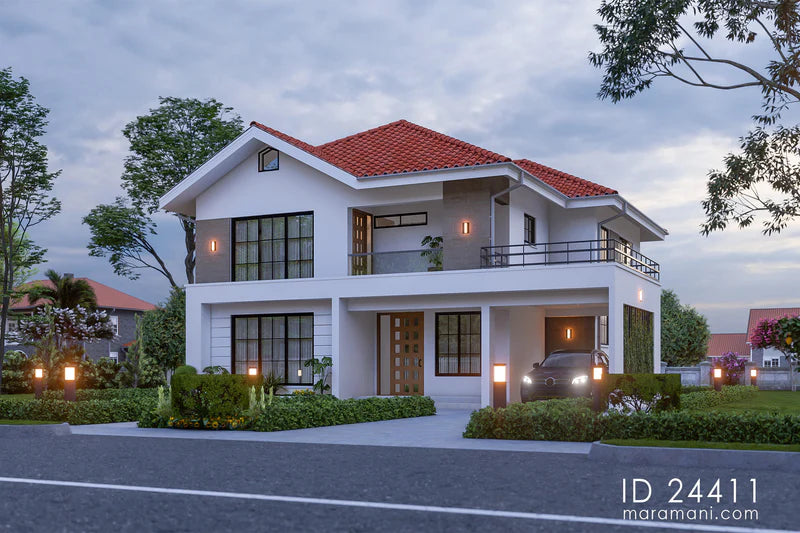
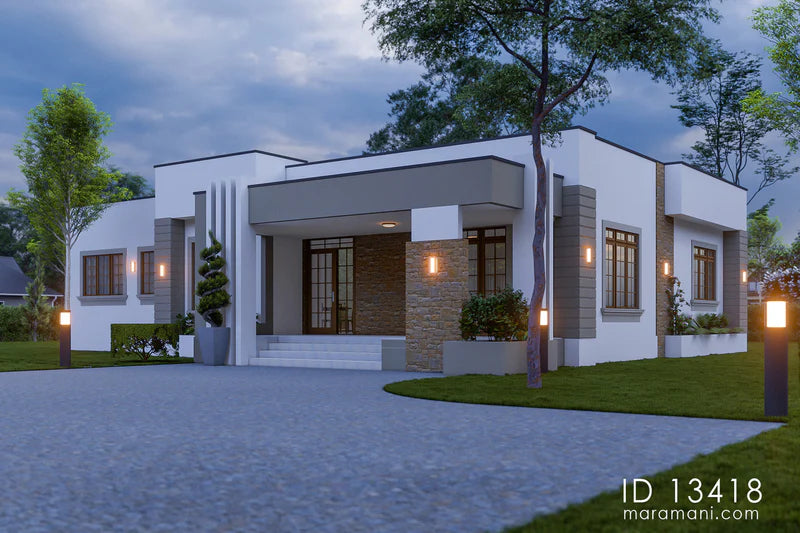
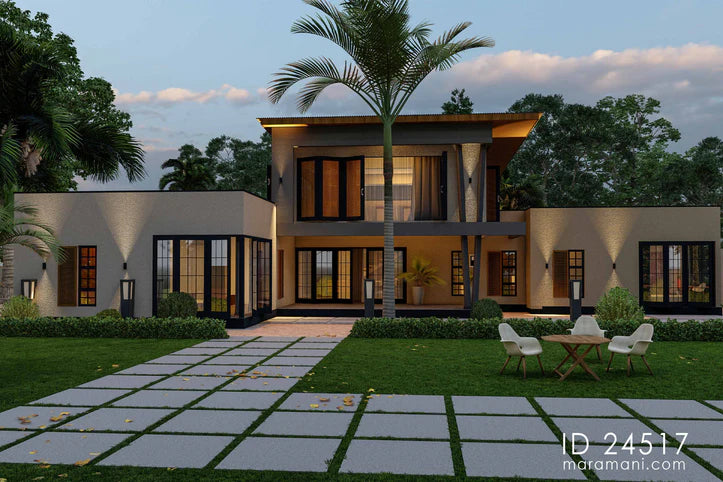

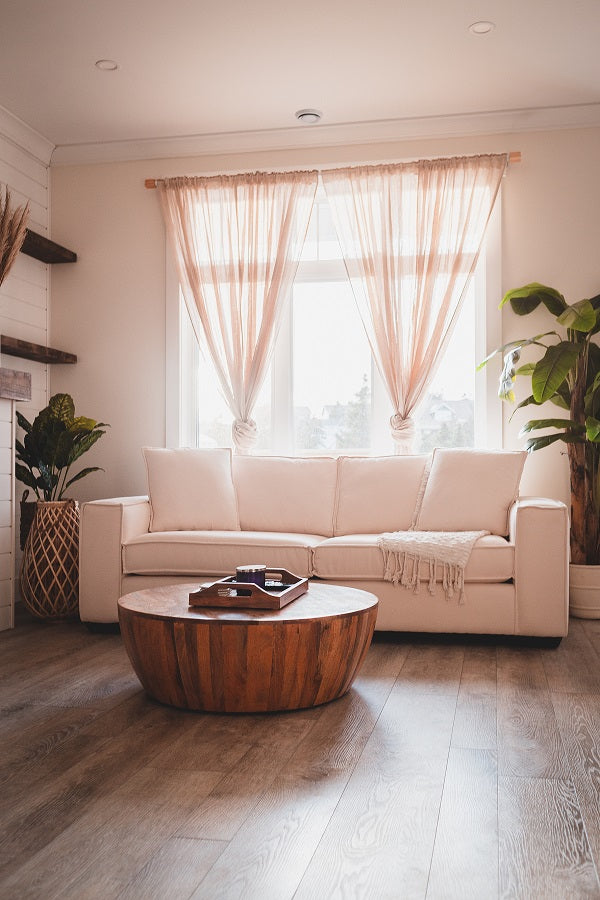
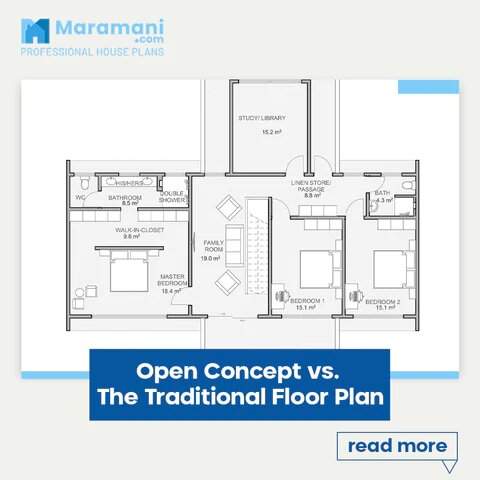
Leave a comment
This site is protected by hCaptcha and the hCaptcha Privacy Policy and Terms of Service apply.